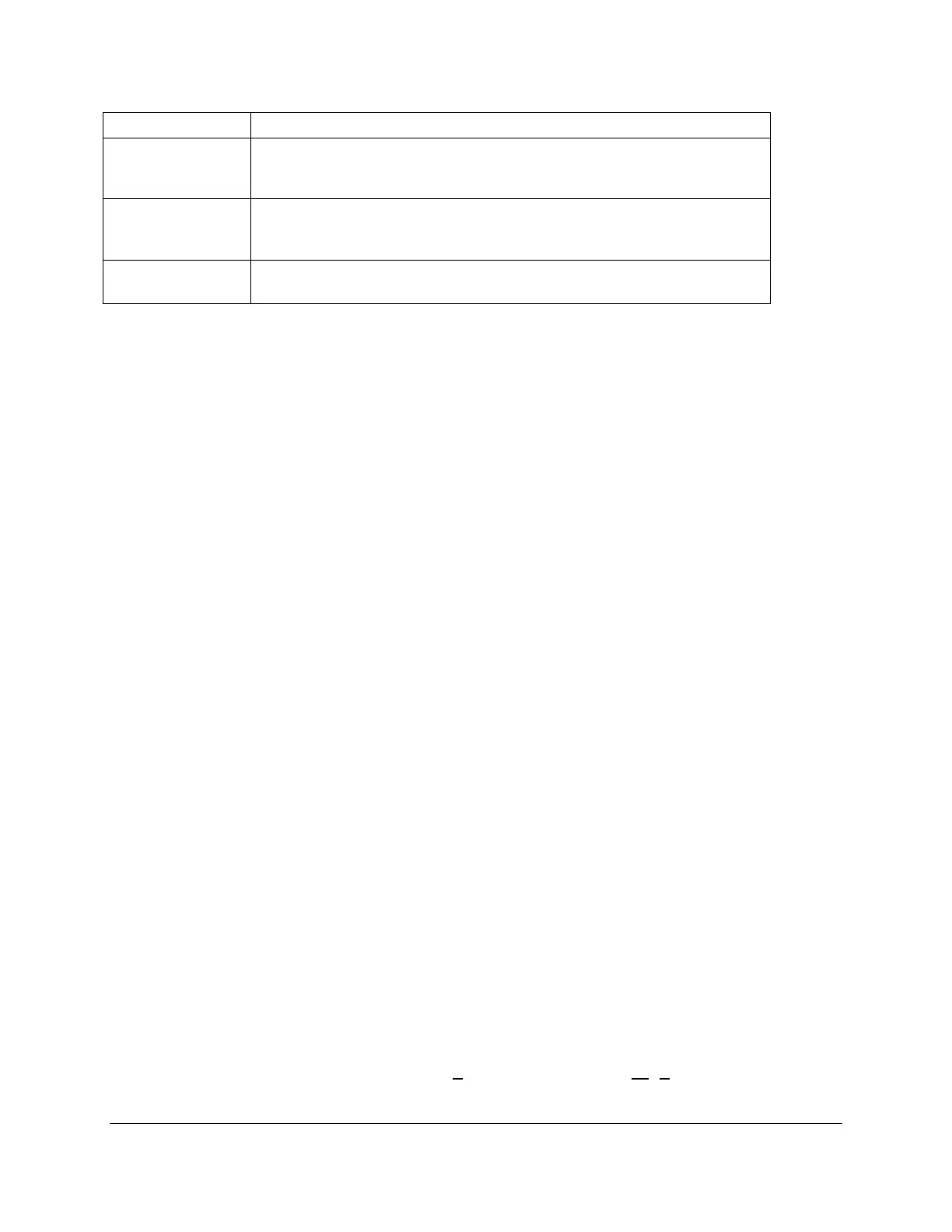TARGAS-1 Operation Manual V. 1.02 96 support@ppsystems.com
Maximum time for which changes in the chamber CO
2
monitored in a given session. This value is defined in Custom –
Termination Settings (Step 3).
Stops the Custom process and returns to Custom – Other Settings (Step
4). Only the individual CO2 measurements are saved to the USB flash
drive. Process data is discarded.
Stops the Custom process and returns to Custom – Other Settings (Step
4). Results are saved to the USB flash drive.
Injection Process
The injection process is a technique used to measure the concentrations of small samples of gas, usually
collected in sampling jars and transferred to the TARGAS-1 with a syringe. The injection process is an
improvement over static sampling and yields more reliable and consistent results.
Measurement Principle
The concentration of CO
2
in a gas sample is calculated by injecting the sample into a fixed flow of gas
with a known CO
2
concentration (the baseline CO
2
level) and integrating the resulting CO
2
measurements
until they return to baseline. This is similar to the Pulse Tracer Gas Technique used for HVAC duct flow to
infer the unknown flow rate by measuring the concentration of a known mass of tracer gas injected into
the duct over time. In our case, the gas flow rate F is known, the syringe volume V is known, but the
sample (or tracer gas) concentration is unknown.
The concentration in the syringe is calculated as:
=
(
)
=
_
_
60
